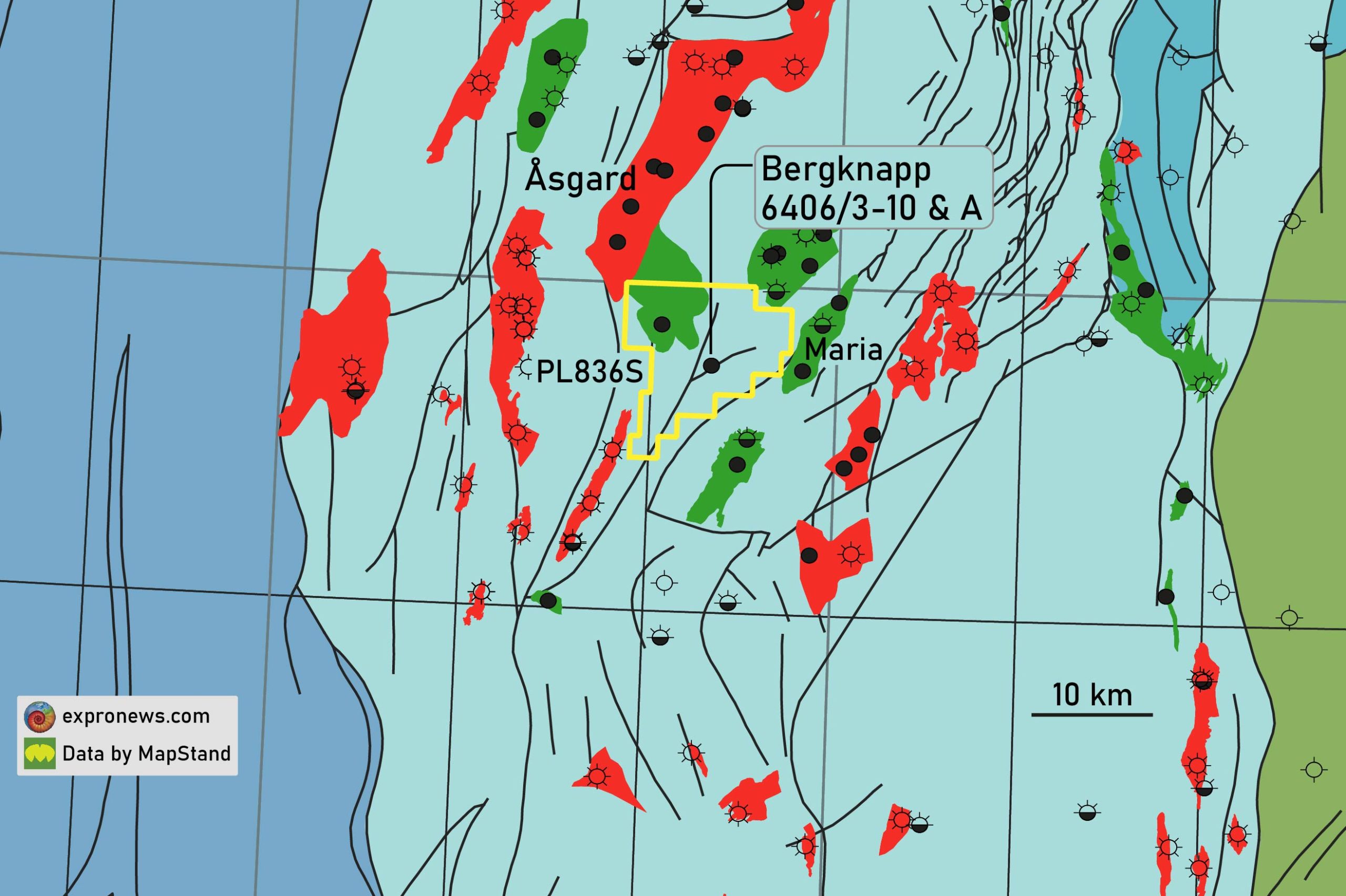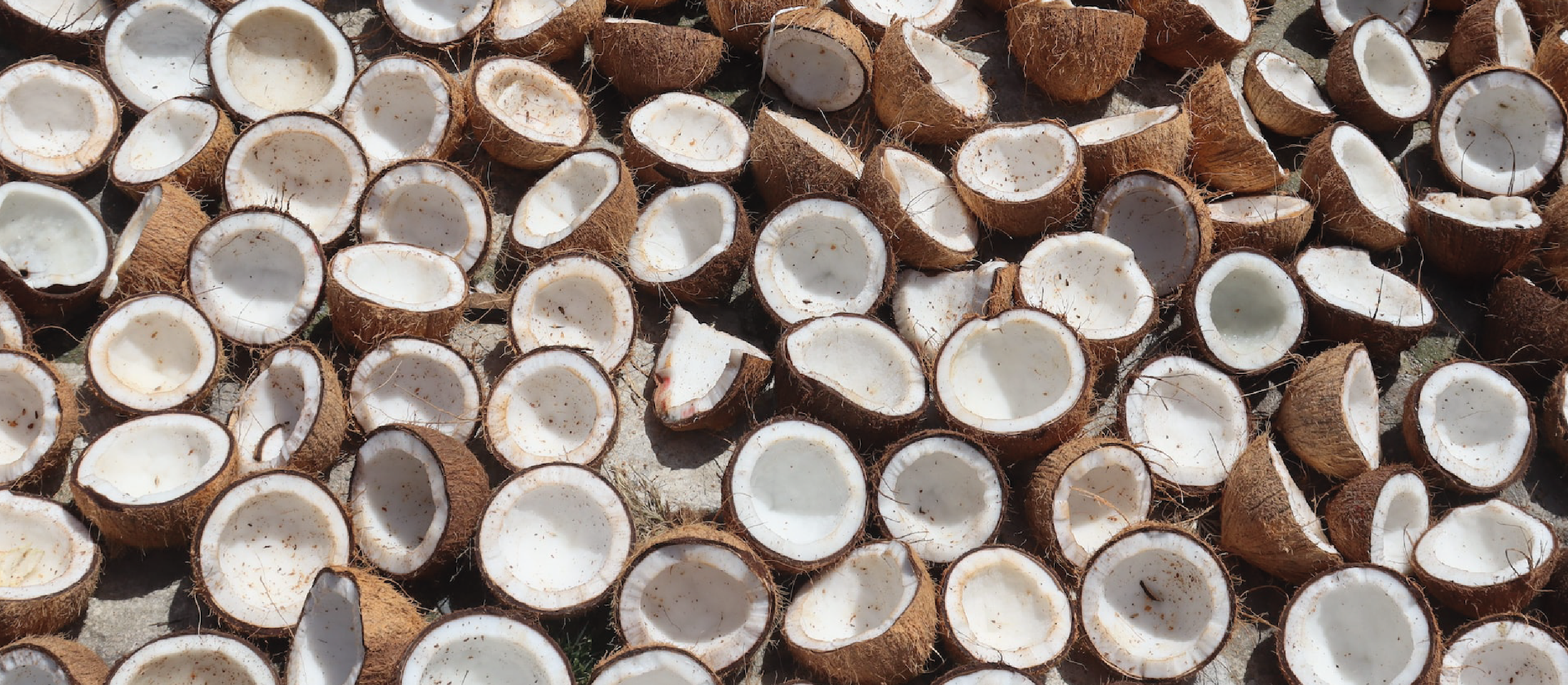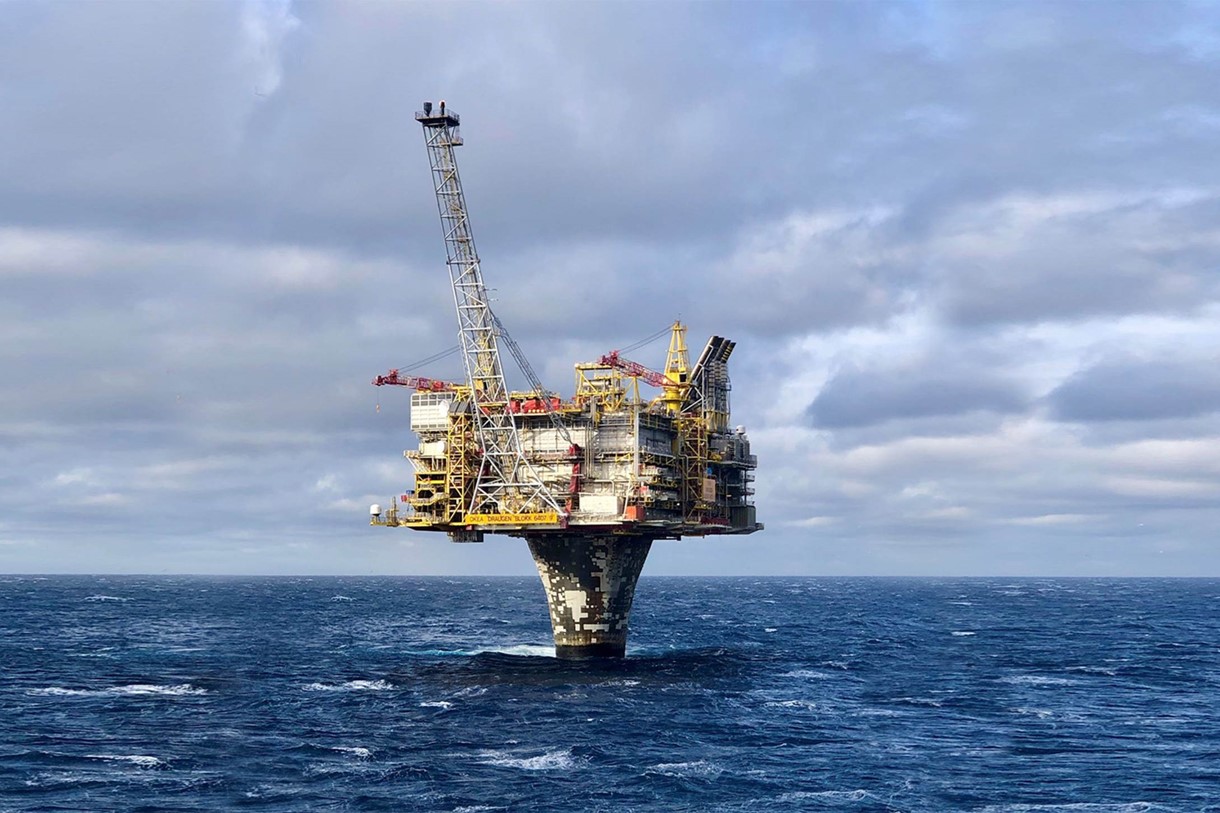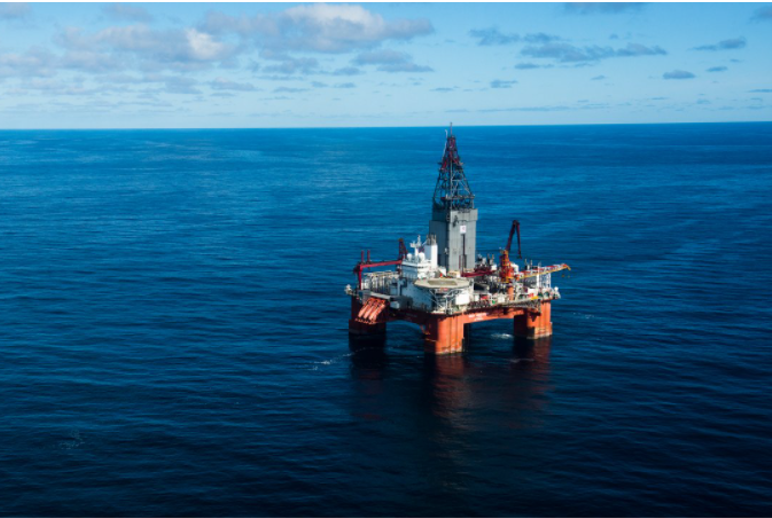With a pre-drill estimated volume of 13-62 MMboe and a post-drill estimate of 26-97 MMboe, the Bergknapp 6406/3-10 exploration well came in very positively.
The Bergknapp story was presented during the NCS Exploration conference last year as one of the exploration highlights of 2020. Located in a mature part of the Norwegian Sea very close to “old” fields such as Åsgard, the results of well 6406/3-10 clearly showed that near-field exploration targeting structurally more complex plays is worth the effort.
Thief sands and fault block erosion
The Bergknapp well was drilled in a small Upper Jurassic fault block 8 km west of the Maria field, with dip closure towards the northeast. One of the pre-drill risks was that erosion of the Middle Jurassic reservoirs had taken place, with detrimental effects on the size of the closure. Although new broadband data had made imaging of the structure a lot better, only the wellbore could ultimately deliver the answer to this. And the result was positive, with no erosion at the top of the structure observed.
Another risk was the presence of thief sands in the sealing unit, but again given the results of the well the outcome must have been positive in that regard too.
Appraisal campaign
Operator Wintershall Dea (40%) and partners DNO (30%) and Spirit Energy (30%) will now drill an appraisal well (6406/3-10A) on the discovery to further test the Middle Jurassic Garn reservoir, which is the main unit in the discovery, as well as the underlying Ile and Tilje, where oil was found too. With a moderate reservoir quality being reported (porosities around 14%), further information on the spatial distribution of reservoir quality is key to a further development plan. As presented during the conference last year, the company intends to perform a Drill Stem Test as well as a core the main reservoirs to help support a development scenario.
Watch this well!
HENK KOMBRINK





